How to wash a swimsuit in a washing machine?
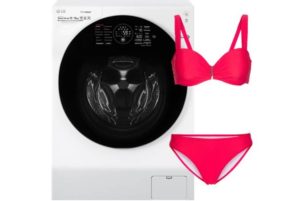 In one season, a swimsuit is washed almost every day, and poor cleaning leads to fading and stretching of the material. You can save something for next year if you learn how to properly care for it. Then the color, shape and elasticity of the product will not be lost even after years. We suggest you figure out whether a swimsuit can be washed in a washing machine, what detergent to use and how to dry it. All tips and recommendations are given below.
In one season, a swimsuit is washed almost every day, and poor cleaning leads to fading and stretching of the material. You can save something for next year if you learn how to properly care for it. Then the color, shape and elasticity of the product will not be lost even after years. We suggest you figure out whether a swimsuit can be washed in a washing machine, what detergent to use and how to dry it. All tips and recommendations are given below.
Be sure to consider the type of swimsuit
It is recommended to wash your swimsuit after each wear, even if it was used not for swimming, but for sunbathing. This is logical: it is worn like underwear, comes into contact with intimate parts of the body and absorbs sweat, cosmetics, sunscreens, self-tanning oils, street dust and sand particles. When swimming, the pollution is stronger, as salt, silt, small algae, chlorine or other pool disinfectant reagents get into the fibers. This whole “bouquet” is dangerous for both people and things.
Swimwear should be washed after every wear!
When choosing the type and intensity of washing, you need to pay attention to the type of swimsuit. We are mainly talking about the composition of the fabric, which determines the purpose of the item. As a rule, all swimming suits can be divided into several groups: sports, with underwires and microfiber.
- Sports swimwear. Such products are considered the most resistant due to the fabric prepared for “stress” and a simple cut. They can be safely washed in a washing machine on a delicate cycle or rinsed thoroughly when hand washed.The main thing is to avoid detergents with aggressive compositions and select delicate gels specifically for synthetics. To preserve color and shape, it is recommended to store the swimsuit in a closed plastic bag.
- With a bone. Almost all swimsuits are marked “hand wash” on the label. But in fact, delicate cleaning on your hands is only necessary for underwire bras, since with intense rotation in the drum, the plate can “come out” and tear the product.
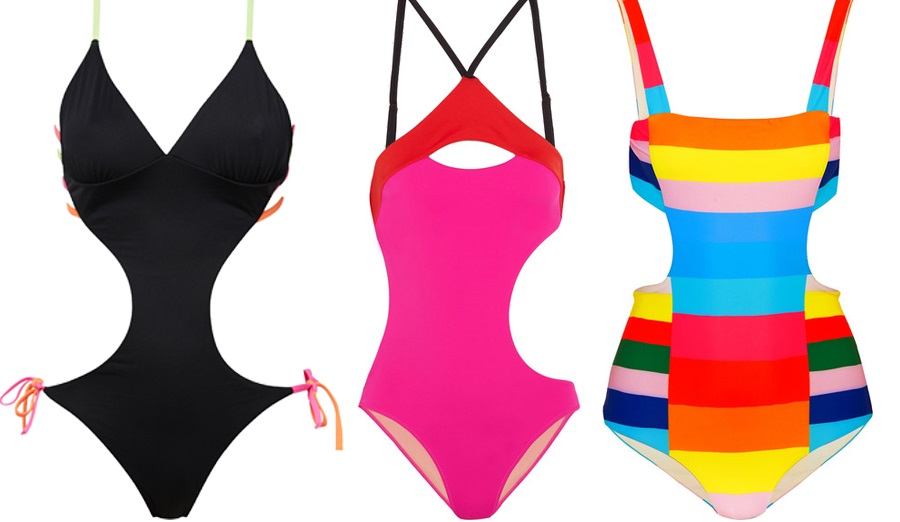
- Made from microfiber. A swimsuit made from the finest polyamide fibers is soft, velvety, quick-drying and durable. With proper care, the item will retain its ideal appearance even after several hundred washes, and will not fade or wrinkle. The main thing is to wash microfiber separately from other types of fabric and choose a detergent without bleaches, conditioners or fragrances. The set temperature also matters: it is recommended not to heat the water above 60 degrees.
Other types of swimsuits, bikinis, bandeaus, tankinis, made from elastane, can be washed, like other synthetic items. There are no restrictions on machine washing; the main thing is to take into account several general requirements.
Is it machine washable?
Manufacturers of swimsuits insist on hand washing only, making a corresponding note on the product label. But practice shows that such precautions are only needed for underwire bras: other swimsuits can be safely machine washed. You just need to remember some nuances:
- delicate programs are preferred;
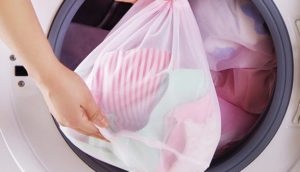
- the water heating temperature should not exceed 35 degrees;
- it is better to choose gel detergents for delicate fabrics, since the powder dissolves less readily in cold water and remains in the fibers;
- Before loading, swimsuits are placed in a protective laundry bag or a special “bra retainer”;
- swimsuits are washed separately from other linen;
- Sorting laundry by color is mandatory: bright pigments can stain white items;
- synthetics do not like squeezing and twisting - it is better to let the water drain on its own;
- You cannot add rinse aids, since the components they contain are detrimental to elastic synthetics;
- Automatic drying should be avoided.
It is recommended to wash swimsuits with underwires by hand; other types of bikinis should be washed in a washing machine.
Swimsuits dry quickly due to the special texture of the fabric, so there is no need for automatic drying, a battery or direct sunlight. Remember that any artificial heat sources damage synthetic fibers and discolor the product. Especially when the item is under the sun for most of the season.
How to save a faded item?
Frequent use, prolonged exposure to the sun, contact with sea water and sand sooner or later affects the appearance of the swimsuit - it loses its original color, fades or becomes discolored. The situation is complicated by the fact that the product often deteriorates partially, becoming covered with contrasting spots. You can save your swimming kit: you will need a stain remover and vinegar.
Rinsing in vinegar water will help your swimsuit retain its color longer.
First you need to find a stain remover that is suitable for your fabric type. You should study the product label and select the appropriate detergent.Afterwards, we moisten a thick white napkin in the solution and apply it to the faded area of the swimsuit. Afterwards, the item is washed in a diluted cleaner and rinsed in cold vinegar water, at a rate of 1 to 2. It is recommended to use vinegar as a preventive measure, adding it each time you rinse the set.
Drying and storage
Drying a swimsuit is also carried out according to certain rules. First of all, you need to avoid artificial drying using open sun, radiators, hair dryer or automatic drying. It is better to let the product dry naturally: hang it on a clothesline or on hangers in a ventilated, shaded place. There is no point in rushing, since moisture from elastane and microfiber evaporates quickly, and in the shade the fabric will not fade or deform. If there is no way to escape from ultraviolet radiation, then you should turn the item wrong side up.
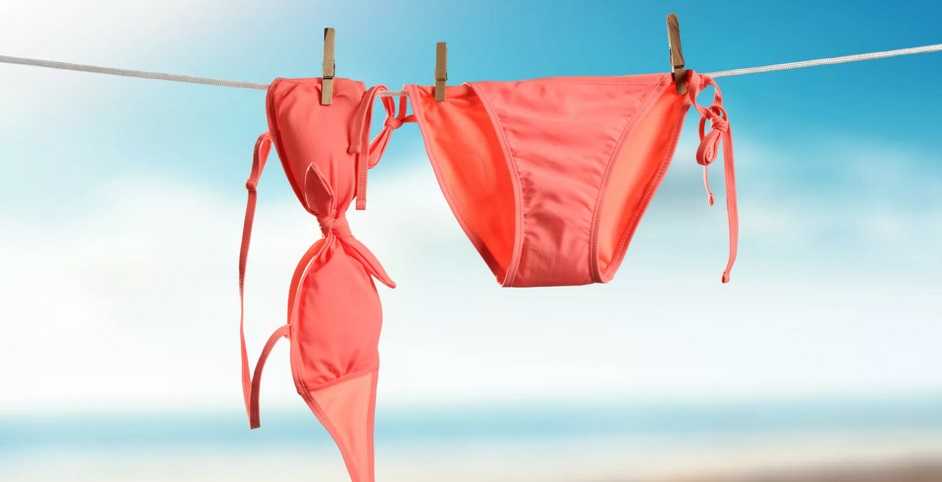
Ideally, for drying swimsuits with push-up and underwires, you need to purchase special hangers with protrusions for the cups. With such protection, the bodice will retain its original shape.
Do not dry swimsuits in direct sunlight - they will fade, fade and become discolored.
The kits are removed for storage after complete drying. Wet swimsuits cannot be left in closed bags - prolonged contact with water will ruin the item and lead to the appearance of mold and an unpleasant, musty odor. Dry products are folded into a neat “stack” and placed in an opaque fabric bag with holes for air intake. It is recommended to store push-up bodices in special cases that prevent the cups from deforming. A mini flavoring agent wouldn't hurt either.
Interesting:
Reader comments
- Share your opinion - leave a comment


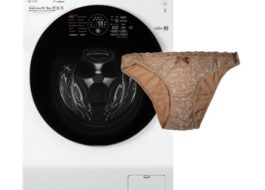
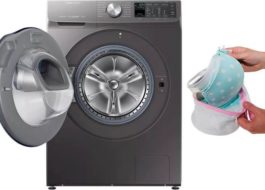


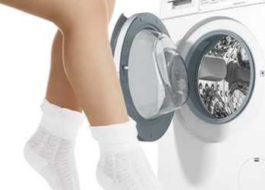














Add a comment